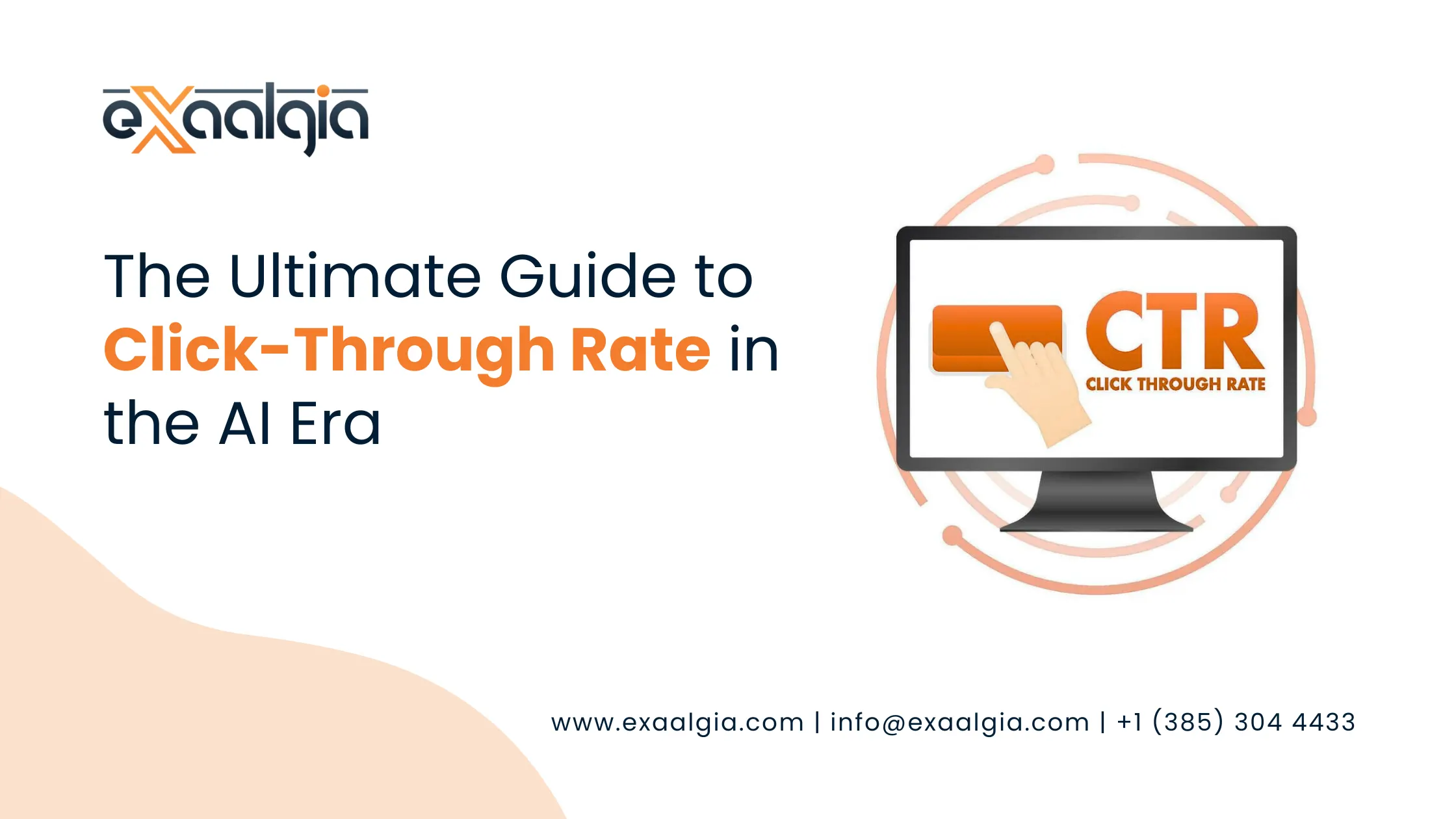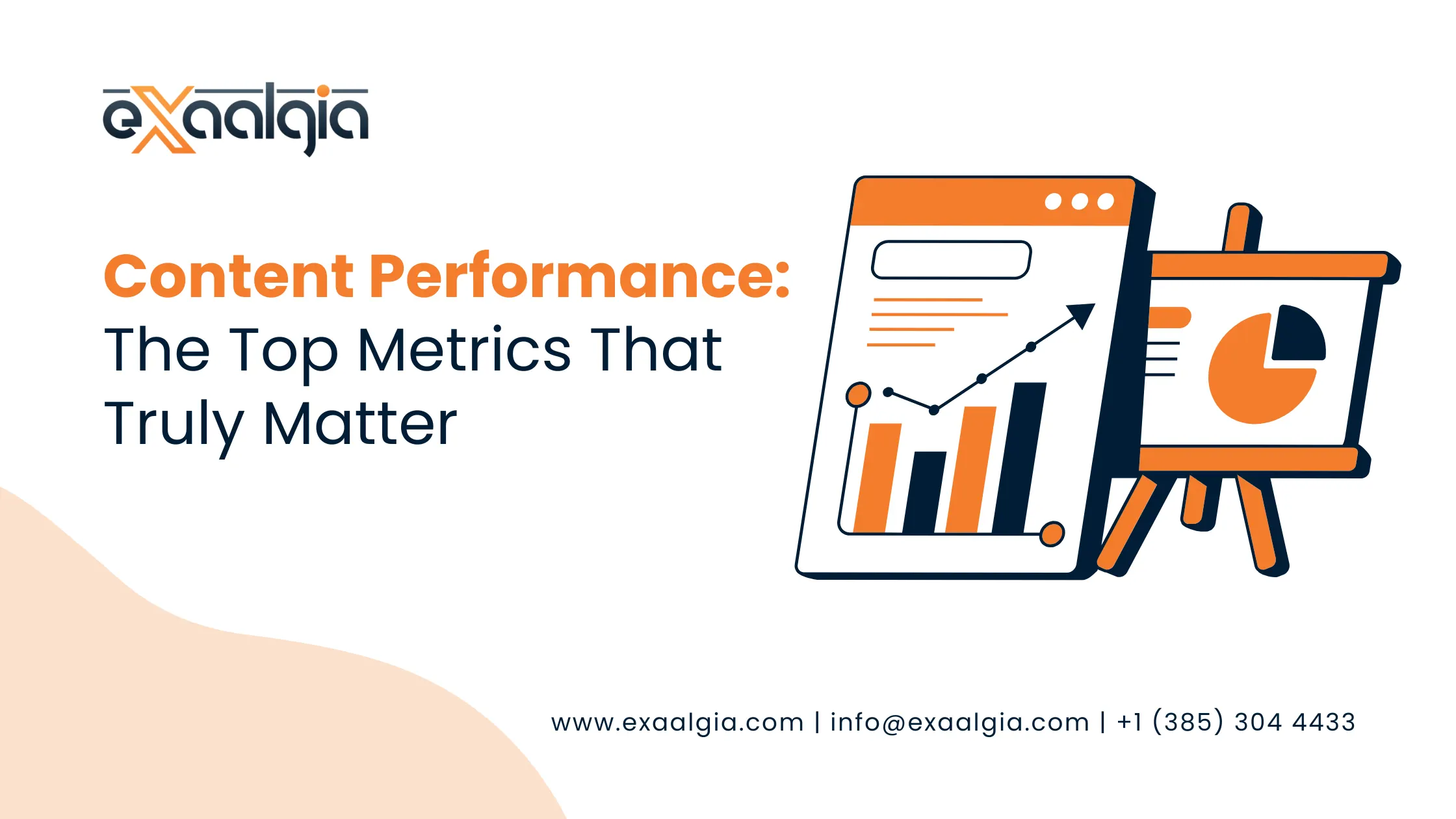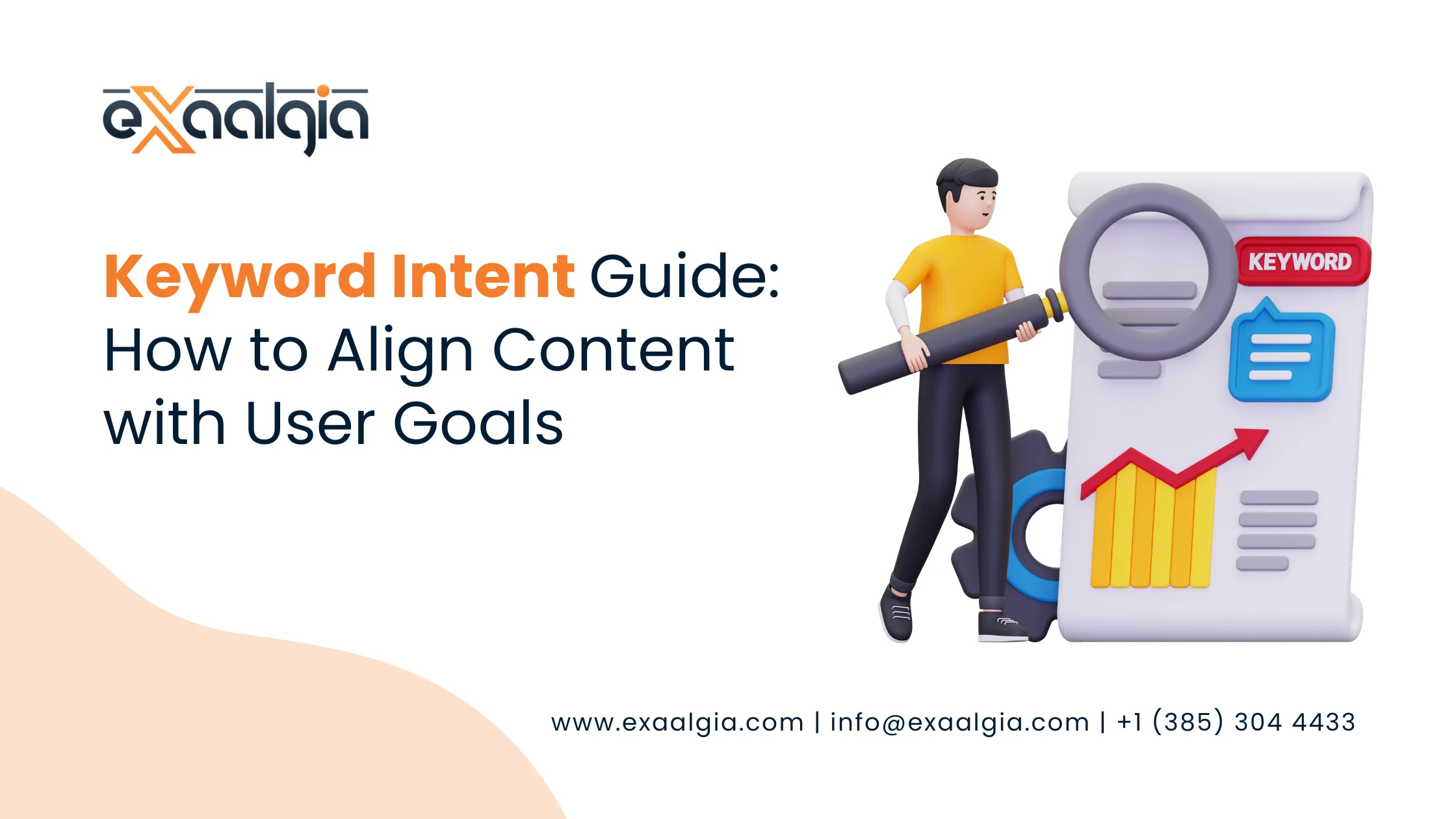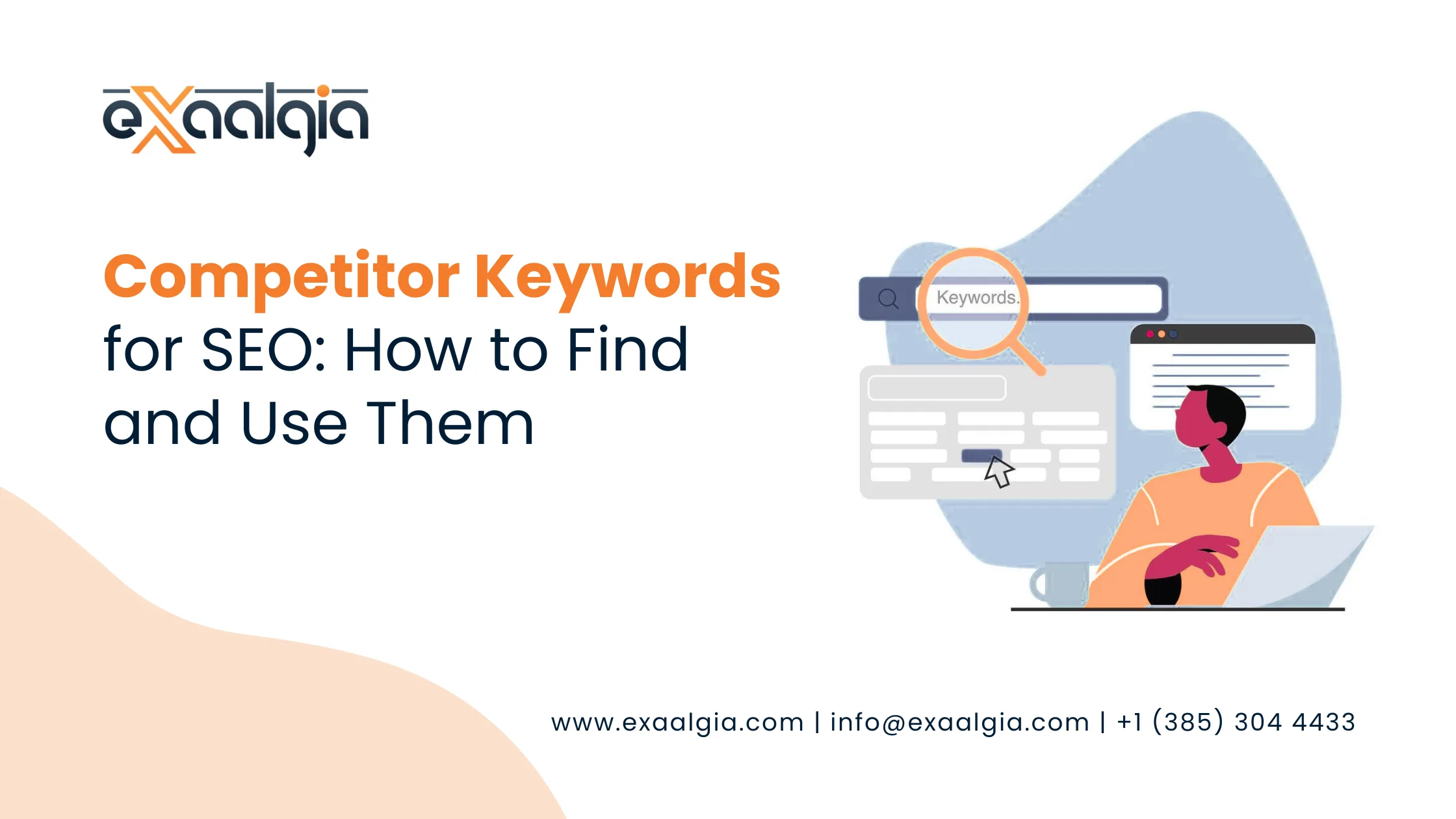This in-depth guide covers everything you need to know. We will explore how to calculate, track, and significantly improve your CTR. We will also analyze the major impacts of AI search features.
Defining Click-Through Rate (CTR)
Click-Through Rate is a vital marketing metric. It measures how often people click a link. This is compared to how many people have seen that link. The link could be a search result listing. It might be an advertisement or an email link. CTR is always expressed as a percentage. It reflects the initial effectiveness of your messaging. A high CTR suggests your link is highly compelling. It means your message aligns perfectly with user needs.
This rate is a crucial first signal. It shows user engagement before they visit your site. It is key to evaluating content visibility. High impressions do not matter without clicks. Your CTR tells the true story of attraction. It shows if your creative assets are working. These include your headline and description copy. We must monitor this metric closely for all channels.
Why CTR is Your Most Critical Metric
CTR is important for several strategic reasons. First, it directly impacts your traffic volume. More clicks equal more visitors to your website. This is true even if your ranking position stays the same. Secondly, in paid search, CTR affects your quality score. A higher quality score lowers your cost per click (CPC). This means better ad placement for less money. High CTR makes your advertising budget far more efficient.
For organic search, CTR is a potential ranking factor. Google uses user engagement signals. A high CTR suggests your listing is highly relevant. It shows that users prefer your result over others. This positive signal can help improve your search rankings. Therefore, a good CTR supports your entire digital strategy. It drives qualified traffic and reduces costs. It also strengthens your position in search results.
The Simple Formula: Calculating Your CTR
The calculation for Click-Through Rate is straightforward. It uses just two core variables. These variables are Clicks and Impressions. Impressions represent the total times your link was viewed. Clicks are the number of times users are engaged with the link. You must divide the total clicks by total impressions. Then you multiply the result by 100. This converts the figure into a percentage.
The simple formula is:
CTR = (Total Clicks / Total Impressions) * 100
Let us look at a practical example for clarity. Imagine an ad received 500 clicks in a week. During that same time, it generated 10,000 impressions. You would calculate the CTR like this: (500 clicks / 10,000 impressions) * 100. The resulting Click-Through Rate would be 5%. Measuring CTR is easy using various platform tools. Google Search Console handles organic data. Google Ads manages all paid advertising metrics.
Are You Tracking the Right Metric? CTR vs. Conversion
It is easy to confuse CTR with conversion rate. However, they measure completely different actions. Click-Through Rate is a pre-click metric. It focuses on the user’s initial interest. It assesses the performance of your search listing or ad copy. A high CTR means users want to see your content. It shows that your visibility strategy is working well.
The conversion rate is a post-click metric. It measures the success of the resulting visit. A conversion happens after the user lands on your page. This might be a purchase, sign-up, or lead form submission. It reflects the quality of your landing page experience. It shows how well your site fulfills the user’s needs.
A high CTR but a low Conversion Rate is a warning sign. It suggests your ad or title is misleading. The content may not match the user’s initial search intent. Conversely, a low CTR but a high Conversion Rate is frustrating. It means your page converts well. Yet, not enough people are clicking to reach it. You need to optimize both metrics. They work together to define overall marketing success.
What Is a “Good” CTR?
Defining a “good” Click-Through Rate is complex. There is no single universal benchmark number. A good CTR varies significantly across channels. It also depends on the specific industry and position. For search ads, an average CTR is often around 3% to 5%. Display ads usually have a much lower average, often below 1%. Email marketing, however, often sees CTRs between 2% and 5%.
In organic search, the competition is fierce. The expected CTR depends heavily on ranking position. Data consistently shows a sharp drop-off after the top spot. The #1 organic result often captures 25% to 40% of clicks. The result in position #2 typically gets under 15%. By position #10, the CTR drops to around 2-3%. Therefore, ranking first is extremely valuable for clicks.
You must look at your industry benchmarks. Industries like Real Estate or Travel often see higher paid search CTRs. Highly specialized B2B sectors might see lower averages. A CTR of 2% is generally considered a good baseline. But the best benchmark is your own historical performance. Focus on continuously improving your current average rate.
When High CTR is Misleading
While a high CTR is generally positive, it can signal problems. If your Conversion Rate is very low, investigate immediately. This scenario suggests a major mismatch in user expectations. Your attention-grabbing headline may not be honest. For instance, your title might promise a “free guide.” But the landing page requires an immediate paid subscription. Users feel tricked and quickly leave the site. This increases your bounce rate significantly.
A misleading CTR wastes your advertising budget. You pay for clicks that never convert. For organic search, a misleading CTR can still hurt. Users returning to the SERP signals dissatisfaction to Google. This negative user signal may eventually impact your rankings. You must always prioritize qualified clicks. These are clicks from users who genuinely need your content.
Optimizing for Search Engine Clicks
Organic search CTR is different from paid CTR. It is critical for establishing brand presence. Organic visibility builds long-term authority. The primary goal is achieving high visibility. It is about appearing trustworthy to searchers.
Why High Organic CTR Drives Authority
Organic CTR is a powerful SEO signal. Google aims to show the best results first. If users click your link more often, it is a vote of confidence. This higher engagement can boost your ranking position. It essentially tells Google your snippet is better. This happens even if a lower-ranked page has more authority. Improving organic CTR can create a positive feedback loop. Higher clicks lead to better rankings. Better rankings then generate even more clicks.
How Organic CTR Varies from Paid CTR
Organic CTR is fundamentally different from Paid CTR. Paid ads have distinct “Ad” labels. Users may inherently trust organic results more. Organic positions also have much higher average CTRs. Paid search CTRs average significantly lower than organic. Paid ads are highly dependent on bidding strategy. Organic CTR depends entirely on page relevance and title optimization. You have more control over the creative elements of an ad. In organic search, you must optimize the meta title and description.
Track Your Clicks: Where to Find Your Data
You cannot manage what you do not measure. Accurate tracking is absolutely essential. You must utilize the tools provided by search engines. These platforms offer precise CTR data. They break down performance by keyword and device.
1. Utilizing Google Search Console for Organic Data
Use Google Search Console (GSC) for all organic data. GSC shows the total impressions for every page. It tracks all clicks received for each search query. It then calculates the CTR automatically for you. You can analyze which keywords bring clicks. Look for pages with high impressions but low CTR. These are perfect candidates for metadata optimization. Focus on improving titles for these specific pages.
2. Track Paid Performance in Advertising Platforms
Paid advertising platforms track CTR instantly. Google Ads is the primary tool for paid search. It provides detailed metrics for every campaign and ad group. Facebook Ads Manager does the same for social campaigns. Paid CTR is often used to calculate Quality Score. A low CTR here can lead to higher advertising costs. Review your paid CTR frequently. Pause any ads that show poor click-through performance.
Why SERP Elements Steal Your Clicks
The Search Engine Results Page (SERP) is dynamic. Google constantly adds new features to the page. These features radically alter where users look and click. Many rich results provide instant answers. This creates a challenging environment for traditional links.
SERP Features That Can Lower Your Clicks
Many features now capture significant attention. Featured snippets are the most disruptive. They display a direct answer at the top of the SERP. Users often get their answer without clicking through. People also ask (PAA) boxes to expand to show more answers. They often delay the user’s decision to click a single result. Knowledge panels provide quick facts for entities. These typically appear on the right side of the desktop page. All these elements contribute to zero-click searches. This means the search is fulfilled directly on Google. Your page may be the source, but you receive no traffic.
How to Beat Google SERP Features for Higher CTR:
To compete, you must adapt your content strategy. One approach is optimizing for the snippet itself. Structure your content with concise definitions. Use clear question-and-answer headings. This makes your content easily extractable by Google. Another strategy is to target keywords with lower zero-click rates. These include highly transactional or branded searches. Finally, use structured data markup like Schema. This increases your chances of gaining a Rich Result. Rich Results make your organic listing more prominent. They feature review stars or images that attract the eye.
How Generative AI Is Reshaping CTR
The newest challenge comes from Artificial Intelligence. AI is profoundly changing the search experience. Google’s AI overviews (formerly SGE) are now common. These generative summaries are changing user behavior dramatically.
Understand AI’s Effect on Search Clicks
AI Overviews appear right at the top of the SERP. They synthesize information from multiple sources. This pushes traditional organic results further down the page. Studies show a noticeable decline in organic CTR. This drop is especially severe for informational queries. Users often trust the comprehensive, instant AI summary. They feel they do not need to click a website. Some reports show top organic CTRs dropping significantly. The visibility of your hard-earned rankings decreases instantly.
Strategies to Keep Your CTR High With AI
Adapting to AI search is critical for survival. Answer engine optimization (AEO) is the new focus. You must ensure your content is authoritative. Use the E-E-A-T framework: Experience, Expertise, Authority, and Trustworthiness. AI models rely on highly credible sources. Structure your content clearly for easy extraction. Use lists, tables, and short paragraphs.
Focus your SEO efforts on branded search. Branded queries still reliably drive clicks. Target transactional keywords with high commercial intent. AI summaries are less useful for buying decisions. Write content that requires human nuance and expertise. Offer unique perspectives or real-world case studies. These elements are difficult for AI to generate. Position yourself as the necessary expert. This encourages the click-through from the AI summary.
Proven Strategies to Instantly Boost Your CTR
Improving your Click-Through Rate is an ongoing process. It requires continuous testing and refinement. Use the data from your tracking tools. Focus your efforts on these six proven strategies.
1. Create Irresistible Titles That Get Clicks
Your headline is the single most important element. It is your only opportunity to grab attention. Use strong, action-oriented power words. Include the primary keyword for relevance. Use numbers or brackets for immediate impact. A headline like “7 Proven Strategies” works well. Your meta description must support this promise. It should clearly explain the page’s value. Use it to create a sense of urgency or curiosity.
2. Targeted Marketing for Higher CTR
Relevance is the foundation of high CTR. Ensure your ad or snippet speaks directly to the searcher. For paid ads, use highly specific audience targeting. Show the right message to the right person. In organic search, fully understand search intent. If someone is searching “buy shoes online,” give a price. If they search for “shoe cleaning tips,” offer expert advice. Personalized relevance dramatically increases the chance of a click.
3. Using Visuals to Maximize Clicks
Visuals enhance visibility on many platforms. Rich Snippets use visual elements like star ratings. Implement structured data for product reviews. This allows stars to appear in the SERP listing. For paid ads, test different image and video formats. Display ads with high-quality, relevant graphics perform better. Even your favicon in organic results can help you stand out. Visual appeal breaks through the overwhelming clutter.
4. A/B Testing Tips to Improve CTR
A/B testing is crucial for CTR improvement. Never assume a title or ad copy is perfect. Run parallel tests with slightly varied versions. Test different Calls to Action (CTAs) constantly. For example, test “Download Now” versus “Get Your Free Guide.” Analyze the resulting CTR data carefully. Use these insights to refine your best-performing copy. Optimization is an iterative, never-ending cycle.
5. Strategies to Beat Featured Snippets
While features reduce clicks, they offer opportunities. You can gain enhanced visibility with certain formats. Create content designed to win a Featured Snippet. Use concise, inverted pyramid writing style. Ensure you have proper H2 and H3 heading structure. This makes your page easier for Google to parse. Also, optimize your images for Google Images. Image results are another high-visibility SERP feature.
6. Keeping Your CTR High With AI Search Updates
Keep a close eye on AI Overview performance. Use tracking tools to see which queries trigger AI. Shift your optimization focus away from these terms. Instead, create deeper, expert-driven content. Build robust E-E-A-T signals for your authors. The human element is now a major competitive advantage. Update your content regularly to show freshness. Demonstrate real-world results and experience.
Your Path to Higher CTR Performance
Maximizing your Click-Through Rate is not just a traffic game. It is a strategic move to improve efficiency. A well-optimized CTR lowers ad costs dramatically. It also strengthens your organic authority over time. It signals that your message is relevant and compelling. By focusing on quality and user intent, you win. The digital landscape continues to evolve rapidly. Staying ahead requires a commitment to measurement. It requires continuous, data-driven optimization efforts. Use these strategies to ensure your links get the attention they deserve. Make every single impression count.
FAQ’s
What is the primary difference between CTR and conversion rate?
The difference lies in the timing of the action. CTR is a measure of attraction before the click. Conversion rate measures user action after they land on your page. CTR is about getting the user to click. Conversion rate is about getting the user to complete a goal.
Does a low quality score affect my paid search CTR?
Yes, a low Quality Score can hurt your paid CTR. Quality Score is impacted by your expected CTR. A low score reduces your ad rank position. This means your ad is seen less often. It can also appear lower on the page. Both factors drastically reduce your actual CTR performance.
What is considered a good organic Click-Through Rate for position #3?
A good organic CTR for position #3 is generally around 8% to 11%. This figure varies based on the industry. It also depends on the query and SERP features present. Always aim to exceed the industry average. Focus on moving that page into position #1.
How does Google’s AI overview affect click behavior?
AI Overview decreases click behavior for many queries. It provides immediate, direct answers to users. This reduces the need to click a traditional link. The impact is strongest on broad informational searches. Clicks on the top organic result can fall by over 30%.







